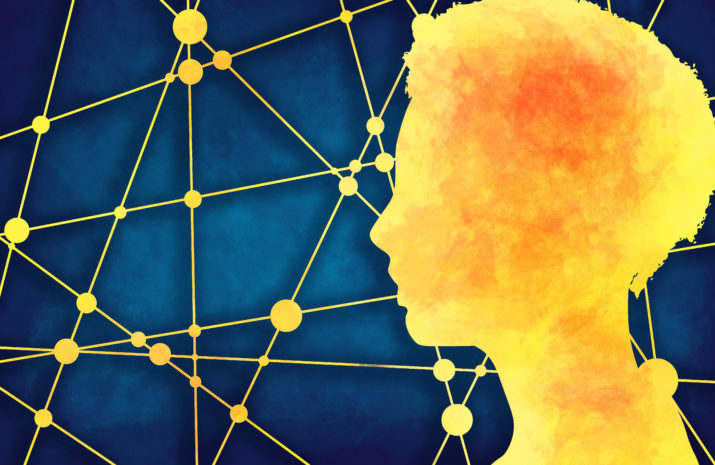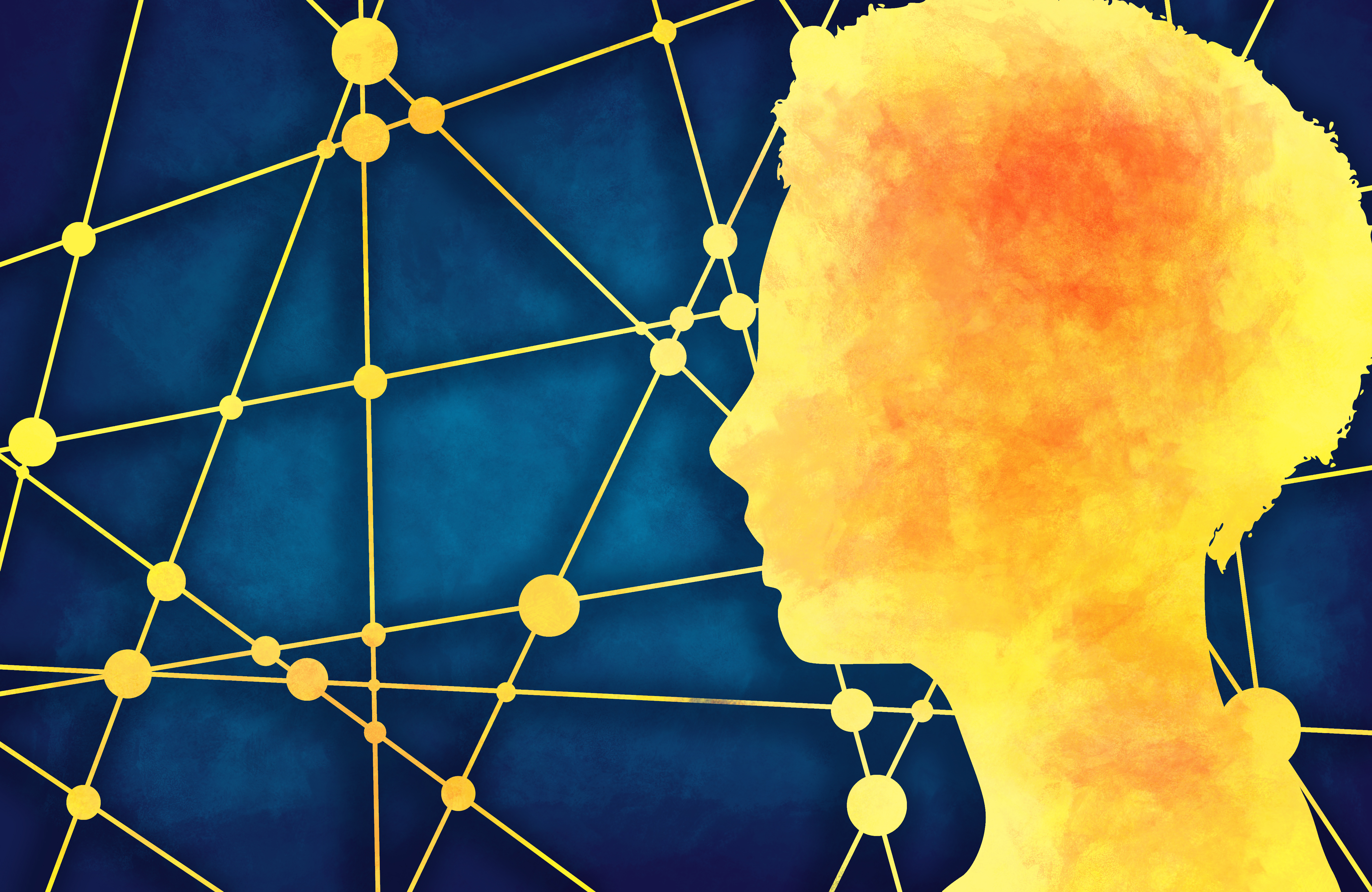

This is part of our special feature, Digitization of Memory and Politics in Eastern Europe.
There are a number of ways in which one can explore the historical heritage of the Serbian capital, Belgrade. Apart from visiting museums or joining tours, a visitor can also download a smartphone application (available both for Android and iOS), titled Hidden places of Belgrade, developed by the Danube Competence Center, an association of tourism actors who are promoting Danube as a touristic destination. The application relies on Bluetooth beacons. As one walks through the city and reaches specific historical locations (in this case, lesser known parts of Belgrade’s heritage), a short anecdote , complemented with relevant historical photos, will appear in the application. This piece of software is not a unique example. In Leipzig, one can stroll around the city and explore the Peaceful Revolution of 1989 in a similar fashion, by using GPS and QR-codes (Leipzig ’89 City Tour, developed by zwei.null Marketing). The same goes for historical sites of Cleveland (Cleveland Historical, developed by Curatescape—as project of the Center for Public History and Digital Humanities at Cleveland State University’s Department of History) and many other places. Simply download the appropriate application, keep your smartphone close, and enjoy a historically enriched walk.
Apart from being an innovative approach to the presentation of heritage and sites of memory, these applications remind us how immersed we are in digital technologies today. Already with television, videos, museums, and alike, memory seems to be everywhere around us. However, the “new memory ecology” of hyper-connectivity[1] allows us to gain easy access to information pertaining relevant sites of memory. Likewise, we are reminded how attractive this idea of having instant digital access to heritage and memory is. To be fair, none of the applications mentioned above reached a significant number of downloads (yet), but one needs to have in mind that the institutions and organizations behind them (tourist organizations, university departments, etc.) are the institutions whose work has an impact on how we see heritage and, consequently, (collective) memory.
As our everyday lives become more and more dependent on new technologies, so do our memories. We are the consumers of our digitally (and not only digitally) available heritages.[2].With consumption, come expectations. Symbols of our collective memories are often available online, just a google search away from us. In terms of memory production and memory communities, both the general public and institutions often expect their collectives to be present and accessible online. Therefore, notions of digital memory and digital heritage designate the collective past (symbols, sites, figures etc.) as organized and narrated by digital media and modern technologies. UNESCO’s Charter on the Preservation of the Digital Heritage defined digital heritage as embracing “cultural, educational, scientific and administrative resources, as well as technical, legal, medical and other kinds of information created digitally, or converted into digital form from existing analogue resources.”[3] One should note that digital memory is not a passive representation of the known past using digital technologies, but a subjective production of the past for present purposes. Digital memory and digital heritage are not immune to cultural, ideological, and social agendas characteristic to memory construction projects, as they also represent the results of selection processes governed by certain underlying assumptions. Like non-digital memory, digital memory remains an active and uncertain process of production of the past.
There are certain advantages in observing selected examples from contexts in which digital memory and digital heritage projects are still on the rise – in this case, context of contemporary Serbia. Namely, in such contexts, problems and opportunities these projects face can present themselves as more pressing and more obvious, leading to relevant insights about these projects in general. When addressing the digital memory and heritage in the sense of material converted into digital form from previously existing sources, the first topic related to that conversion pertains the form of presentation. For example, the project Cultural Monuments of Serbia[4] aims to develop an online catalog of cultural monuments of Serbia by collecting records from Serbian heritage institutions, as well as to enrich it with bibliographic references and information about the corresponding documentation. The project gives special focus to the presentation of medieval Serbian monasteries. The project’s website contains a clickable interactive map that gives the user an opportunity to explore the geographic distribution of the monuments, to see an image of the selected monument and to gain further information about location, historical period, and official registration details. Another similar (but less ambitious) project is the web platform Digital Atlas of the cultural heritage of east Serbia.[5] It is an interactive web platform presenting 92 relevant examples of cultural heritage of east Serbia in form of a clickable map with further references.
Also integrating an interactive map, but moving away from a catalog approach, is the web portal Raskovnik,[6] a research platform in Serbian lexicography. It aims to develop digital tools for the exploration of the Serbian language and to digitize the old dictionaries of the Serbian language. These dictionaries are not only easily searchable, but the platform also offers several thematic filters (dictionary entries relevant for selected topics) and a map of places mentioned in the dictionaries, which, when clicked on the map, lead to the entries related to the selected place, allowing the user to explore both the entries and geographical distribution of references found in the books.
It is important to note that these and other projects all result from institutional cooperation. Namely, Raskovnik is the result of the cooperation between the Institute for the Serbian Language of the Serbian Academy of Science and Arts (SASA), Serbian Ministry of Culture and Information, and DARIAH-RS. The Digital Atlas of the cultural heritage of east Serbia resulted from the cooperation of local museums and municipalities, while the Cultural Monuments of Serbia is supported by the National Center for Digitization,[7] consisting of a number of relevant institutions, including faculties of the University of Belgrade, libraries, museums, and institutes of SASA. The Center supports several other projects, as it coordinates the work of contributing institutions. It is also active through the organization of an annual conference and its Review of the National Center for Digitization, as well as collaboration with similar institutions from abroad. Another project supported by the Center, which proved to be successful in terms of cooperation with other institutions, is the Digital National Library of Serbia.[8] This project aims to provide the public with an access to material of the National Library of Serbia – newspapers, journals, manuscripts, books, etc. It is a growing collection, and it is especially valuable for accessing material from before the Second World War. Most importantly, the response to the project was positive in the media—e.g. the daily newspaper Danas[9] produces every day a content overview of newspapers that were published eighty years ago on a specific day, with the idea to fully use the potential of the digitization projects and to give the readers an insight into news and topics from the interwar period. Danas also uses the material from a digitization project of old newspapers by the University Library Svetozar Marković.[10]
Perhaps the best example of a digital heritage project that profited the most from international cooperation is Diplomatarium Serbicum Digitale.[11] Namely, in 2007 the Institute for Balkan Studies of the Serbian Academy of Science and Arts joined the Monasterium project (dealing with the digitization of European medieval documents), as well as International Centre for Archival Research – ICARUS in 2008. This gave the researchers from the Institute for Balkan Studies access to medieval Serbian charters that were kept outside of Serbia, scattered in the archives across Europe, as well as to professional, technical, and financial support for digitization projects. The copies of some of these charters were made during the period of socialist Yugoslavia, but researchers from Belgrade could now scan the documents with the use of modern technologies and in high quality. First, medieval Serbian charters from the archives of Venice, Dubrovnik and Budapest were digitized within the Monasterium project. However, the initiative further developed into the project called Diplomatarium Serbicum Digitale, aiming to create the full digital collection of medieval Serbian charters. Furthermore, the project has rich metadata corresponding to practices in diplomatic studies and the collection is searchable by relevant categories.
The access to the Diplomatarium Serbicum Digitale platform is, however, still limited to registered users. This opens the question of availability of the digital heritage projects, as well as of their maintenance. While Diplomatarium Serbicum Digitale aims to transform itself into a publicly available collection, the Raskovnik project, which was started in 2015, is in beta version. Also, while the Faculty of Mathematics of the University of Belgrade (one of the participatory institutions of the National Center for Digitization) regularly makes the Review of the National Center for Digitization available online,[12] as well as the information about the annual conference organized by the Center, it seems that the Center website suffers from the lack of updates; in fact, the last conference listed is from 2017, the last Review from 2016 and some of the links to related projects are broken. Likewise, a link on the website of the Cultural Monuments of Serbia that is supposed to lead to the National Center for Digitization uses the old and unavailable .yu (for Yugoslavia) domain, instead of the actual .rs (for Serbia).
As afore mentioned, digital memory and digital heritage represent an uncertain process of (re)production of the past, which is why one needs to pay attention to the justifications and motives of related projects. The Cultural Monuments of Serbia website argues that “by digitizing cultural resources—some of which cannot be presented in classical paper publications—and making them available online, this project also supports the heritage preservation and research” and describes the project’s goal as enabling the “dissemination of this valuable part of the national heritage which has not been widely preserved in electronic form so far.” The idea of preservation of national heritage is further developed in the overall agenda of the National Center for Digitization. Apart from the coordination of institutions involved, its mission is also framed in terms of “national strategy” and the protection of national heritage. As stated in the About section of the Serbian version of the Center website, “the digitized and adequately presented national heritage in the era of contemporary digitally oriented societies proves the existence and continuity of a nation in space and time” and, furthermore, “the digitization of national cultural and scientific heritage represents a duty that we have towards future generations, as well as a necessity in the situation in which we are trying to completely integrate into the international community.”
This national framing of digital heritage should be seen partly as a result of the fact that the ways we remember have their own historical background, which technology today does not always radically change; in other words, technology does not introduce a radical break from constructing memory but rather reformulating the old ways.[13] Even though new technologies are able to override the old ways of remembering and forgetting by collecting an unprecedented amount of data, when discussing what we perceive as heritage and collective memory and its online availability, we still operate within the old frameworks of selecting what we aim to remember. For example, the collections of medieval charters are often, even today, conceived as national collections (even after admitting that identity today is not compatible with identity labels from the medieval past), thus following the national collection oriented ambitions of the nineteenth century scholarship. Furthermore, the idea of preservation through digitizing heritage and memory in general and of making it available online relates to the importance of an online presence in the contemporary digital world. Having said that, we should be always mindful (?) that memories and heritage are not abstract, but their presence and influence can only be accounted for in terms of the media that mediates them. They do not exist without their public, in this case digital, articulation.
The digital memory and heritage projects in Serbian context did achieve certain valuable results, especially in terms of making heritage and relevant information available to researchers. Nevertheless, one should remain critical about the catalog approach to heritage, which goes hand in hand with the idea of preserving the national heritage for future generations. Creating a catalog of available material does not use all the potentials digital tools made available to us. Developing interactive and attractive user interfaces, for example, allow us to tell a (scholarly) informed story about heritage, with clearly elaborated topics of interest and even statements about the past. Statements are especially important, as scholars often forget that they are expected to give statements based on their knowledge and skills and that even an “objective” scholarly approach is, in fact, a statement.
Institutional cooperation is crucial for developing a successful digital memory and heritage project and it is not to be underestimated. The importance of the institutional support also informs us about the importance of the international character of these projects. Digital memory and heritage, especially when it predates the emergence of modern nations, should be developed as an international project, or, at least, as a project with an international scope. This is particularly important in the region of Southeast Europe where one historically observes perceptions of divisions and realities of entanglement. The digital world, as a dynamic environment, gives an opportunity for an innovative (re)framing of “national” heritage.
Finally, digital memory and heritage projects are sometimes thought of as ways to preserve the past, to make it durable and non-corruptible—but they are not. In reality, these projects are heavily affected by changes in the digital environment and the lack of updates. An online platform is a dynamic endeavor, not a static one, and it is dependent on regular maintenance and adjustments. Digital technologies change, servers change and people change as well—scholars and project managers migrate to other positions and, sometimes, projects that were started become neglected.
The digitization of heritage cannot replace archives, libraries or museums, but it can significantly enhance the user experience. Once we, as a scholarly community, face the fact that collecting certain material and placing it online is simply the first step in approaching heritage and memory digitally, that we need to provide strong and sustainable institutional support to digitally involved scholars and that digital creations are not as durable as we would like them to be, we can start producing digital memory and heritage projects that are based on careful selection and introspection, as well as culturally and socially applicable research statements. That way, we can not only promote heritage, but also activate it in our societies and preserve it in the sense of keeping it alive and relevant.
Stefan Trajković-Filipović holds an MA in Medieval studies from the Central European University (Hungary) and an MA in History from the University of Belgrade (Serbia). He is currently a doctoral candidate at the Justus Liebig University Giessen (Germany). His research is positioned within the field of cultural memory studies, dealing with the use of the Middle Ages in modern and contemporary times in Southeast Europe and in general. His research interests include digital humanities as well, focusing on digital memory studies.
References
[1] Andrew Hoskins, “The restless past: an introduction to digital memory and media,” in Digital Memory Studies: Media Pasts in Transition, ed. Andrew Hoskins (New York: Routledge, 2018), 8-9.
[2] Joanne Garde-Hansen, Andrew Hoskins, Anna Reading, “Introduction,” in Save as… Digital Memories, ed. Joanne Garde-Hansen, Andrew Hoskins, Anna Reading (London: Palgrave Macmillan, 2009), 6.
[3] 32nd Session of the General Conference of UNESCO, Charter on the Preservation of the Digital Heritage, 15 October 2003, article 1.
[4] http://spomenicikulture.mi.sanu.ac.rs/
[5] http://www.digitalniatlas.ipp.rs/
[8] http://www.digitalna.nb.rs/
[10] http://www.unilib.rs/istorijske-novine/pregled
[12] http://www.ncd.matf.bg.ac.rs/
[13] Fiona Cameron, Sarah Kenderdine, “Introduction”, in Theorizing Digital Cultural Heritage: a Critical Discourse, ed. Fiona Cameron, Sarah Kenderdine (Cambridge: MIT Press, 2007), 4.
Photo: Silhouette of a woman head | Shutterstock
Published on September 10, 2019.




